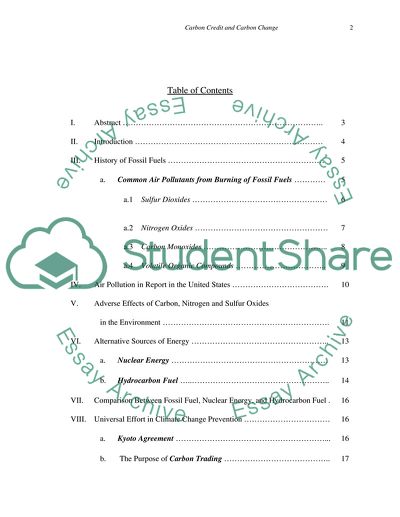Cite this document
(Carbon Credit and Climate Change Case Study Example | Topics and Well Written Essays - 4000 words, n.d.)
Carbon Credit and Climate Change Case Study Example | Topics and Well Written Essays - 4000 words. Retrieved from https://studentshare.org/environmental-studies/1707801-carbon-credit-and-climate-change
Carbon Credit and Climate Change Case Study Example | Topics and Well Written Essays - 4000 words. Retrieved from https://studentshare.org/environmental-studies/1707801-carbon-credit-and-climate-change
(Carbon Credit and Climate Change Case Study Example | Topics and Well Written Essays - 4000 Words)
Carbon Credit and Climate Change Case Study Example | Topics and Well Written Essays - 4000 Words. https://studentshare.org/environmental-studies/1707801-carbon-credit-and-climate-change.
Carbon Credit and Climate Change Case Study Example | Topics and Well Written Essays - 4000 Words. https://studentshare.org/environmental-studies/1707801-carbon-credit-and-climate-change.
“Carbon Credit and Climate Change Case Study Example | Topics and Well Written Essays - 4000 Words”, n.d. https://studentshare.org/environmental-studies/1707801-carbon-credit-and-climate-change.


